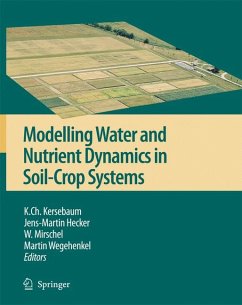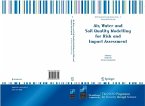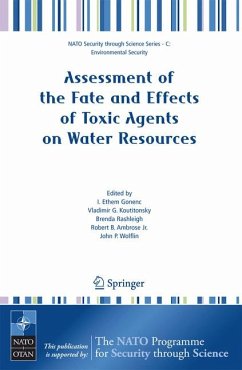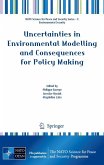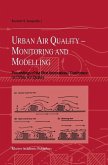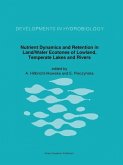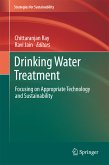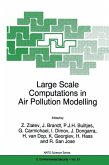The book includes a detailed description of data sets which can be used by modellers and the papers describe the applications of 18 different modelling approaches describing soil-crop-atmosphere interactions for water, nitrogen and carbon dynamics.
A comparison of the models applied to the same data set is provided which points out similarities and differences in the description of single processes between the model approaches. This gives potential model users and decision makers the opportunity to compare the model outputs and get a closer insight about the applicability and required adaptations for the participating models.
Dieser Download kann aus rechtlichen Gründen nur mit Rechnungsadresse in A, B, BG, CY, CZ, D, DK, EW, E, FIN, F, GR, HR, H, IRL, I, LT, L, LR, M, NL, PL, P, R, S, SLO, SK ausgeliefert werden.

